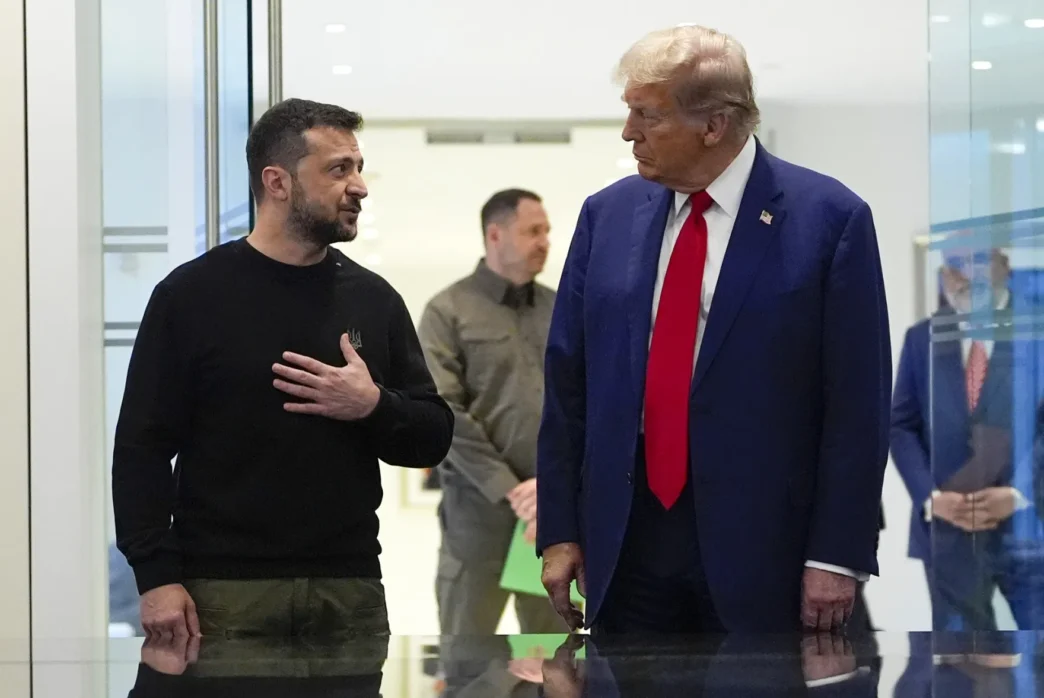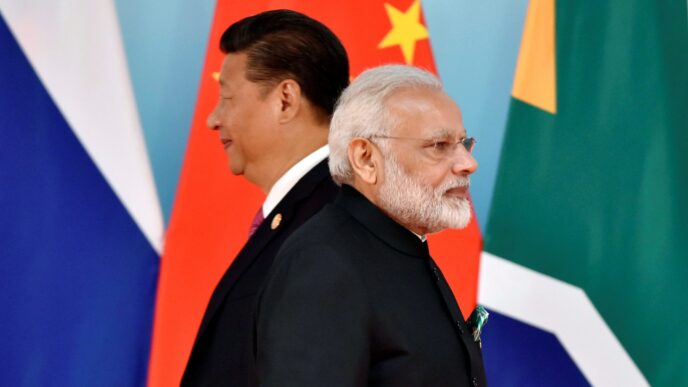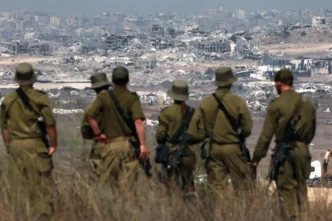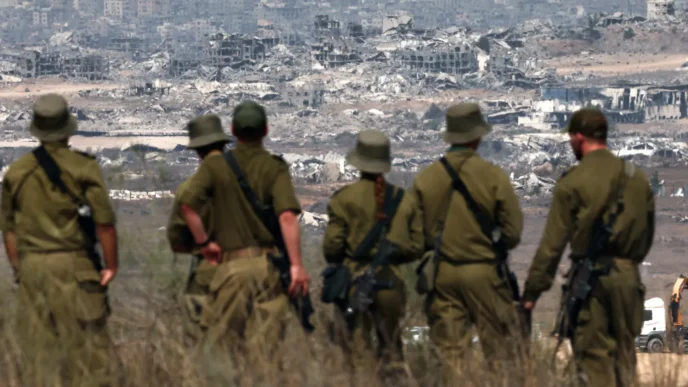President Donald Trump is once again placing Ukraine at the center of his foreign policy agenda, meeting with Ukrainian President Volodymyr Zelenskyy in the Oval Office to discuss pathways toward peace. The encounter marks a renewed effort by Trump to position himself as a diplomatic force in a conflict that has dominated global attention for years.
1. The Oval Office Meeting
The meeting between Trump and Zelenskyy took place amid mounting international pressure to find a resolution to the ongoing war in Ukraine. Reports indicate that the discussion focused on potential ceasefires, peace negotiations, and broader strategies to stabilize the region.
Trump, who has repeatedly positioned himself as a dealmaker, emphasized the importance of direct dialogue between leaders to bring about a sustainable end to hostilities. Zelenskyy, meanwhile, underscored Ukraine’s desire for continued international support while exploring avenues for diplomacy.
2. Trump’s Peace Agenda
Trump’s renewed engagement with Zelenskyy reflects a shift in his public narrative:
- Diplomatic Positioning: Trump has long criticized conventional approaches to the conflict and is promoting himself as an alternative solution-oriented negotiator.
- International Signaling: The Oval Office meeting sends a message to global leaders that the U.S. could take a more proactive role in brokering peace, outside traditional diplomatic channels.
- Domestic Considerations: As Trump eyes potential political moves, the meeting with Zelenskyy also serves to highlight his foreign policy credentials to supporters and voters.
3. The Challenges of Negotiation
Despite the optimism surrounding the meeting, achieving meaningful progress in Ukraine remains a complex task:
- Deep-rooted Conflict: The war involves entrenched territorial disputes, geopolitical rivalries, and significant military and civilian casualties.
- International Coordination: Any lasting peace agreement would require alignment among NATO allies, the EU, and other global stakeholders, making unilateral initiatives difficult.
- Domestic Pressures in Ukraine: Zelenskyy must balance the pursuit of negotiations with public expectations at home, where support for national sovereignty and resistance to concessions is strong.
4. Historical Context
This is not the first time Trump has engaged with Ukraine diplomatically. During his presidency, he faced scrutiny over his interactions with Ukrainian officials, particularly regarding aid and negotiations. The current meeting represents a renewed attempt to reframe his role, this time with an emphasis on brokering peace rather than political controversy.
5. Potential Outcomes
The Trump-Zelenskyy Oval Office talks could lead to several possible scenarios:
- Incremental Progress: Agreements on humanitarian corridors, prisoner exchanges, or localized ceasefires may be achievable in the short term.
- Symbolic Diplomacy: Even if substantive agreements are limited, the meeting may serve as a symbolic gesture to demonstrate U.S. engagement in the conflict.
- Strategic Leverage: Trump may use the engagement to enhance his leverage on other foreign policy matters, positioning himself as a mediator in broader geopolitical negotiations.
6. Global Reactions
Reactions from international leaders and analysts have been mixed:
- Supporters of Dialogue: Some view the meeting as a positive sign that creative solutions and outside-the-box diplomacy could help de-escalate the war.
- Skeptics: Critics caution that unilateral efforts or media-driven diplomacy without formal coordination with allies could complicate existing strategies.
Conclusion
Trump’s renewed focus on Ukraine and his Oval Office meeting with Zelenskyy highlights the enduring importance of the conflict on the global stage and the continued search for peace. While the road to resolution remains challenging, the talks signal that diplomacy—whether traditional or unconventional—remains a critical tool for addressing one of the world’s most pressing crises.















